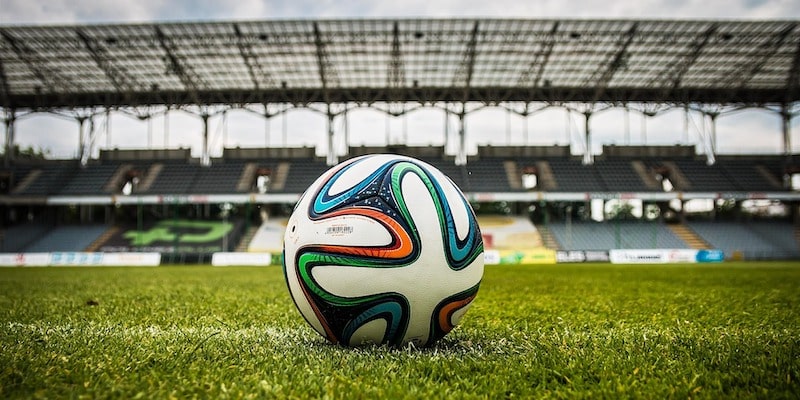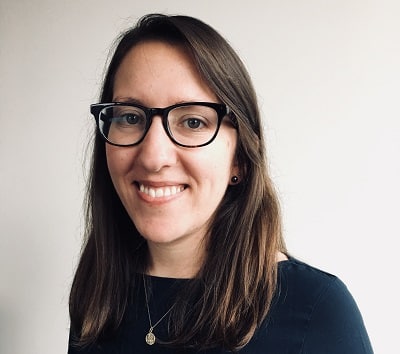According to Thomas Friedman, “KABOOM!” is the sound the world makes when it suddenly transforms post-pandemic. “No K–12 school…will be spared,” he prophesies.
Friedman’s argument epitomizes the misreading of how coronavirus is actually impacting the K–12 sector. He seems to assume that the pandemic’s effect on the world automatically leads stakeholders to demand that schools accomplish something radically new.
It turns out that’s not the obvious conclusion Friedman thinks it is. Here’s why:
Playing uphill, but with the same rules
Without question, COVID-19 has forced schools to adapt. But as Thomas Arnett and I argue in our new paper, not all short-term adaptations will convert into long-lasting changes that benefit students, and predicting which could requires an understanding of how external circumstances interact with schools’ existing ways of doing business.
Every school can be described in terms of four components: Schools offer value propositions representing the promises they make to a wide range of stakeholders. They rely on resources and processes to carry out their work. And every school has a revenue formula that defines how it covers its costs. These four components determine a school’s capabilities (what it can and can’t do), as well as its priorities (what it must accomplish).
The primary impact of the pandemic has been to force schools to adopt new resources and processes in order to deliver the same value propositions they normally do. The adjustment has been painful: just watch this teacher describe how “everything about my job has changed,” but only in the sense that the most basic tasks are now many times more complex and demanding. It’s as if suddenly, this teacher finds herself needing to figure out how to play soccer uphill.
Because uphill soccer isn’t exactly fun, there are plenty of new processes developed during the pandemic that teachers will drop quickly once it ends. For example, it’s unlikely that schools will maintain strict mask policies and social distancing measures, even if it means that the common cold spreads around the school more easily. The old processes work just fine when a deadly pandemic isn’t sweeping the nation, and the new way is too cumbersome to be realistic.
In other cases, however, teachers may learn that their new uphill-soccer strategies make them even more effective at playing soccer under normal conditions. For example, new resources like online course materials (which may be less likely than printed materials to be lost by students) or new processes like a flipped-classroom approach (which can be used to enable small-group tutoring or collaborative projects) may improve enough during the pandemic that they outcompete the older processes at delivering on what stakeholders expect from schools.
To ensure that the coronavirus-induced processes showing promise are able to outcompete older processes, school leaders should ensure that the new processes have a sufficient runway to improve. For example, a social studies teacher trying a flipped-classroom approach during the pandemic may find it disorienting at first, but better than trying to lecture over Zoom. Over time, he may improve his approach enough to learn that relying on recorded lessons frees up class time for the debates and simulations he’s always imagined facilitating. Such a situation could make the flipped model attractive enough to keep around when the pandemic ends.
Likewise, leaders should help desirable new processes gain traction by communicating clearly that they are more than just stopgap measures, and by connecting them to problems that stakeholders are trying to solve even in normal times. For instance, hybrid models in high schools are gaining traction because of the present need for social distancing. But some school leaders may see hybrid models as a promising way to create flexibility in students’ schedules for work-based learning outside school. In this case, it’s critical to invest energy early on to connect the dots between the hybrid model and the existing demand for more applied, career-connected learning experiences.
What COVID-19 hasn’t done is change much about what schools are expected to accomplish. More than ever, families realize that they rely on schools to provide custodial care during the day. Concerns about learning loss suggest that, as ever, schools must deliver on expectations to teach certain subjects and demonstrate that students have learned them. Defections from public schools this year are creating financial pressure to attract families back to school, but that may well happen because the price tag of public school (free) is too attractive for families to give up long-term, rather than because public schools as a whole offer a new or different value proposition to those families.
In other words, teachers and school leaders may be playing soccer on an unfamiliar field, but they’re still fully aware that they can only win the game if they kick the ball through the goalposts.
A new game?
Friedman, for all the prophetic bluster of his op-ed, isn’t the only one hoping that COVID-19 will shift the goalposts on schools—or even change the rules of the game entirely. For example, the upheaval of school building closures in March prompted some groups, like the “Just Ask Us” movement, to amplify calls to reexamine the purpose of school.
But rallying cries like these long predated COVID-19, and nothing about the pandemic either guarantees that they will gain traction, or puts direct pressure on schools to comply.
Interestingly, though, it’s a different pandemic that exerts more direct pressure on what schools’ priorities should be. As institutions of many stripes reckon with systemic racism, many for the first time openly, 228 Accelerator’s Caroline Hill is pushing school system leaders to consider “a new value proposition for the public school” wherein schools successfully deliver on their promises to both privileged and marginalized families. Responding to systemic racism isn’t possible, her argument suggests, without reconsidering the goal of the game.
Is it possible to change the value propositions schools offer? In my next post, I’ll describe the complex dynamics at play when schools become accountable for new promises. Until then, I’d love to hear your thoughts in the comment section.



